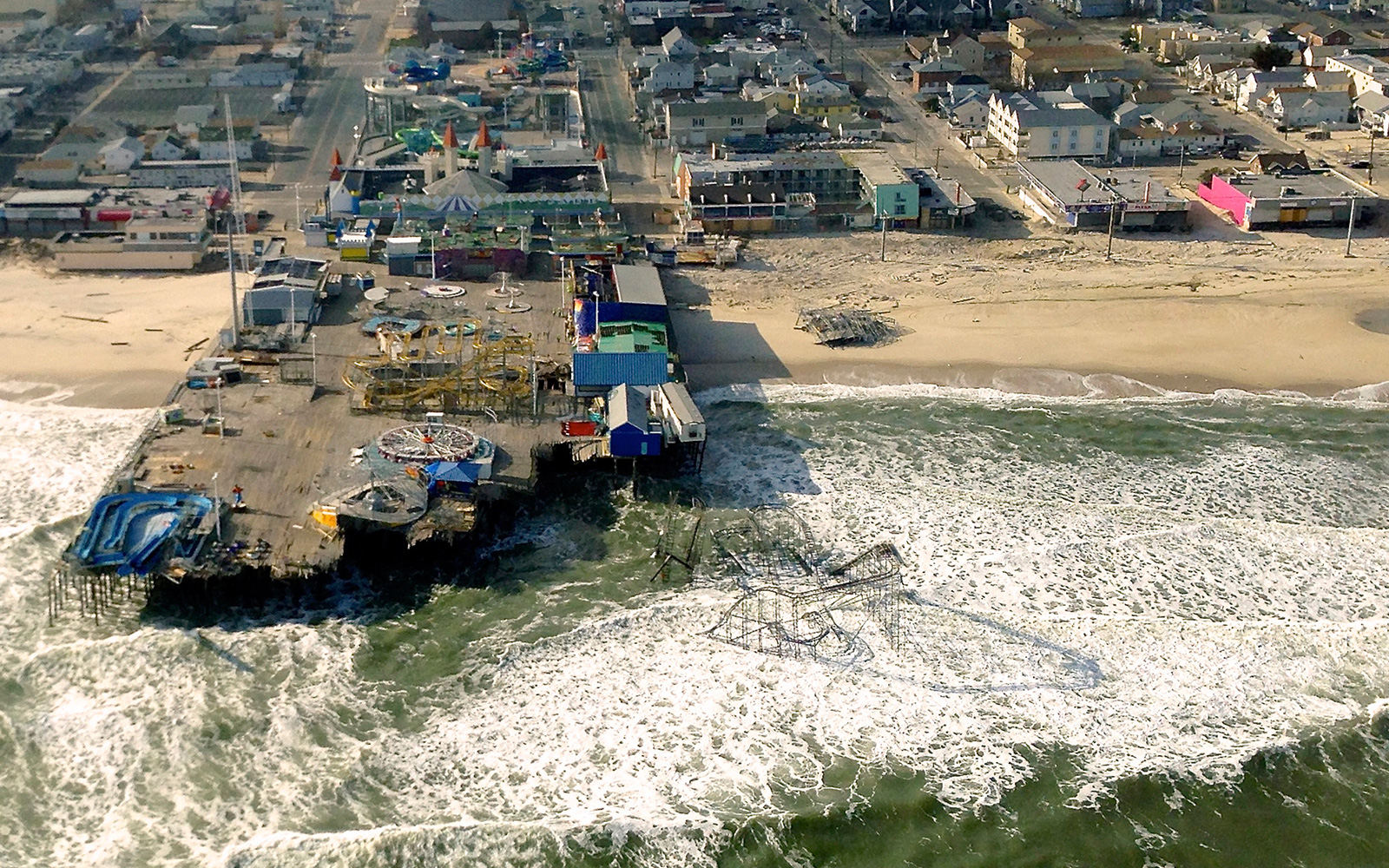Estimating the Value of Restoring Ecosystem Services Following Superstorm Sandy

Project Brief
The Challenge
The damage wreaked by Superstorm Sandy in October 2012 led to Congressional action to fund both restoration and better protection of the New York and New Jersey shoreline. As with most major storms, restoration work began quickly, with the goal of rebuilding as soon as possible. However, the National Oceanic and Atmospheric Administration wanted to understand how best to provide guidance on restoration decisions in the aftermath of future storms.
ERG's Solution
At NOAA’s request, ERG undertook an analysis to estimate the value of restoring ecosystem services following major storms. The study aimed to understand the trade-offs among different ecosystem services—such as storm protection, recreation, and wildlife habitat—in terms of the values that people place on those services.
To conduct this analysis, we first identified priority ecosystems in selected post-Sandy restoration project areas and developed a list of stakeholders, such as homeowners and business owners, who might be affected by various restoration options. We then conducted surveys to elicit values from these stakeholders regarding ecosystem services and performed statistical valuation modeling using the survey data to estimate the value of ecosystem services for the selected restoration projects. Among the preliminary results; people are willing to pay five times more for living shorelines compared to built infrastructure for storm protection.
ERG presented the study results to NOAA stakeholders, and to the 2015 American Shore and Beach Preservation Association “Coastal Conference.” NOAA will use the results of the surveys to help guide future restoration decisions.
Client
National Oceanic and Atmospheric Administration